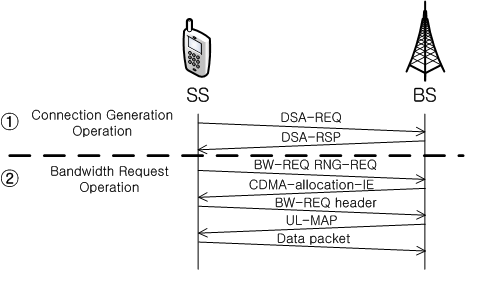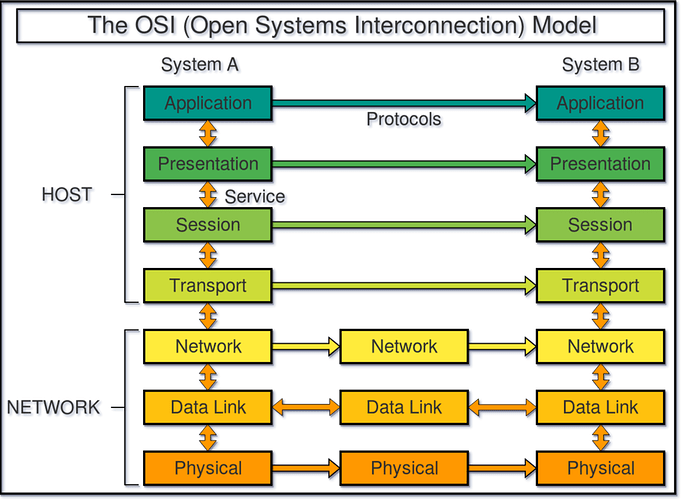So if you received “I wanna f— you like an animal” from your ex, I guess it’s too late now…
Maybe an int-overflow or similar.
Happens at times. As a student in computer science, I got to wonder why there are no watchdog in place to kick servers like this back into gear faster.
Yeah, faster than nine months ![]()
I mean, what the hell. Receiving SMS from dead people, come on.
Edit: Also, TIL you can send SMS and the message can go through a random sub-contractors’ server. Now I know why some people don’t trust phone numbers for 2FA…
…That is how the Internet works though?
The idea is (was) that everyone handles as much traffic as they produce, so no fees for anyone.
I honestly don’t even know exactly how SMS works, or if it even is part of the internet itself, etc etc…
I know about Amazon web services and the cloud and “there is no cloud: it’s just someone else’s computer”, etc, just never thought about Amazon or, in that case, Syniverse, could handle SMS messages… for both T-Mobile, Sprint, AT&T and Verizon even.
Essentially like any wireless transmission in the mobile device to antenna bank.
- Request connection
- Identify
- Target
- Data
For simplicity, I cut the acknowledgements. Full graph looks like this:
As nearly everything uses this handy thing called THE INTERNET, everything is now X-over-IP (Voice over IP = VOIP, TV over IP =IPTV ←wierd, etc.). Let me explain further:
| Layer | What is going on | Form |
|---|---|---|
| 7 - Application | Data is packaged by the application | SMS |
| 6 - Presentation | SMS is data, it needs to be repacked to be useful for computers | SMS → Data |
| 5 - Session | The session is opened with the server (basically what the cellphone did with the cell tower earlier, but over internet) | |
| 4 - Transport | Data is packaged and sent away | Data → Packages |
| 3 - Network | [First layer not on your device] Packages are routed to target area. (This is what you need a router for |
|
| 2 - Data Link | Layer 2 magic | |
| 1 - Physical | A cable and antenna, electrons or photons are realy moving your data! |
This stuff now goes through layer 1 to 3 multiple times until the server called from session layer is reached.
That Server goes up all the layers into Application layer again, does SMS-over-IP routing, establishes a session with the cell tower near the target and sends the SMS onward, through all the layers 7 layers, multiple times through 1 to 3…
As an image:
What went wrong was probably on Layer 7 in the Server, the safe-mode was to store the recieved SMS until a downlink to cell towers near the target devices could be established. (my guess)
Amazon, or specifically AWS, sells data handling in any form. Everything is “just data”
Wow, that’s an explanation. Haha, thanks!
That’s… a bit scary. And yeah, IPTV sounds weird. Reminds me of a guy who named his wifi “IPfreely”.
Ahah, old but gold
Well, it’s better late than never
It’s an old story but I’m glad that at least the SMS server was back up and running . And hey, maybe some people appreciated the belated Valentine’s Day messages - better late than never, right?
By the way, if you’re worried about receiving unwanted messages like that, you might want to consider using an Australia online phone number instead of your real number. That way, you can give out a different number to people without having to worry about them having access to your personal information.
There are plenty of websites and apps that offer virtual phone numbers, so you should be able to find one that suits your needs.

